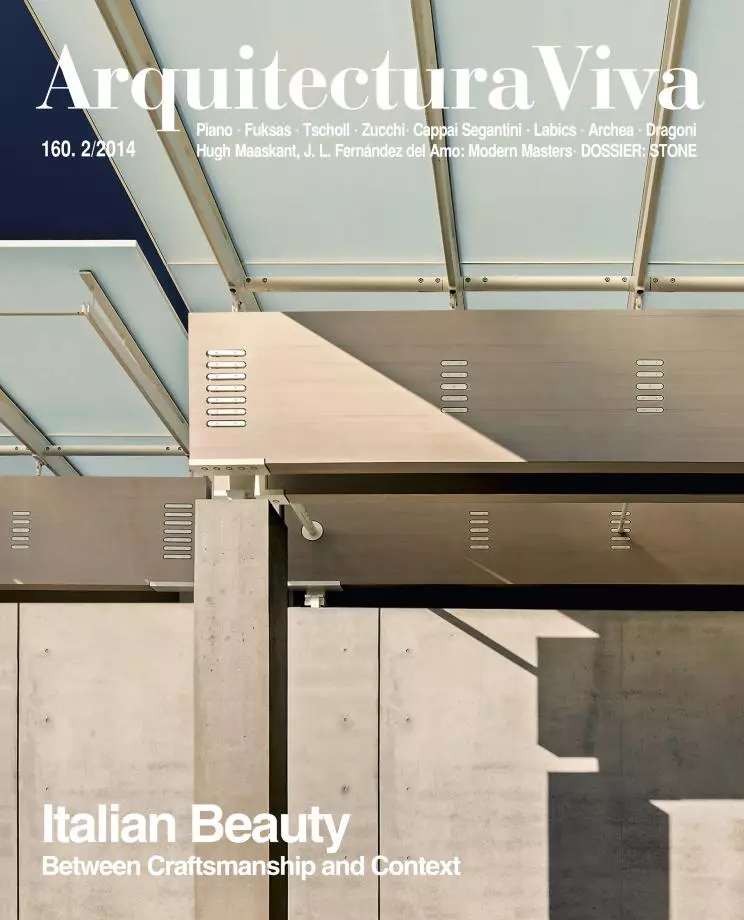The Gamonal Syndrome
Spanish Urban Revolts: the Burgos Case

The Gamonal neighborhood of Burgos was headline news for days. It was the scene of a residents’ rebellion provoked by municipal construction works that would supposedly improve the neighborhood and substitute 254 new underground parking spots (at a cost of 19,000 euros each) for 357 free-of-charge street-level ones, and that gave rise to images of urban protest reminiscent of episodes in French or British districts. Which wasn’t the case here. This was a very local phenomenon and the protesters have kept it so. The practical consequences will be local as well. Nevertheless, the event lends itself to wider readings.
The neighborhood is the product of a rapid-development urban planning strategy, low-quality and with a longtime parking problem, and although improvements have been made, these have not reached the main street: Calle Vitoria. The boulevard in question is a bad imitation (a kilometer long) for that which was executed elsewhere in town by Herzog & de Meuron on freed-up railway land (a total of 12 kilometers), and involves quite a different urban structure, thought out for a city with a population of 250,000, the figure Burgos will reach in the next two or three decades if it maintains its rate of growth of the last fifty years. For its part, the boulevard by the Swiss architects is not their best. It does not have the usual scale of their projects, and the two buildings that were to be part of the commission are now history thanks to the acute crisis afflicting the railway consortium that was managing the urban transformation program.
The Gamonal situation is definitely improvable, but the legitimate political powers must consider opportunity and sensitivity criteria in a context of both nationwide and local crisis. Of the 180,000 inhabitants of Burgos (70,000 in Gamonal), 18,000 are unemployed. In such circumstances, the citizens have told their City Hall that they do not want improvements which incur direct costs on them, and that now is not the time for improvements anyway, given the municipal debt, which soared to 154 million euros in 2012, according to the Ministry of Economy, not counting the two real estate projects – the FC, costing 150 million euros, and the Villalonquéjar industrial complex, 90 million –, which were to be financed by land sales. Of course we have to regard the problem with a broad temporary perspective, but the financial pressure is now, thanks to the real estate bubble of Burgos.
The response of residents and the way they are asserting their right to decide on public space point to a new model of civic relations. What’s important in this case is its ultimate influence on local policies: no more inaugurations, preserve what already exists and in the best way possible, and avoid increases in debts and taxes; with the crisis on its sixth year, people have no money. The ‘Gamonal syndrome’ is a sign of the economic and social deterioration of the reality of many citizens. Violence is unjustifiable, but the selective character of the aggressions on banks, besides trash containers, is significant, showing that the protesters were not throwing stones on their own roofs. Spain and its social scene has been in the limelight for some time now. Economic deterioration and its unbearable unemployment rate of 26% – worse for young people, reaching over 50%, the highest in the EU –, combined with discouragement caused by corruption, are clear grounds for social conflict. It’s a warning, like 15 M. Spaniards have demonstrated maturity and restraint, as they did during the Transition, but our politicians ought to reflect on the regeneration of the System with the crisis in full swing. Things just might be more serious the next time around.





